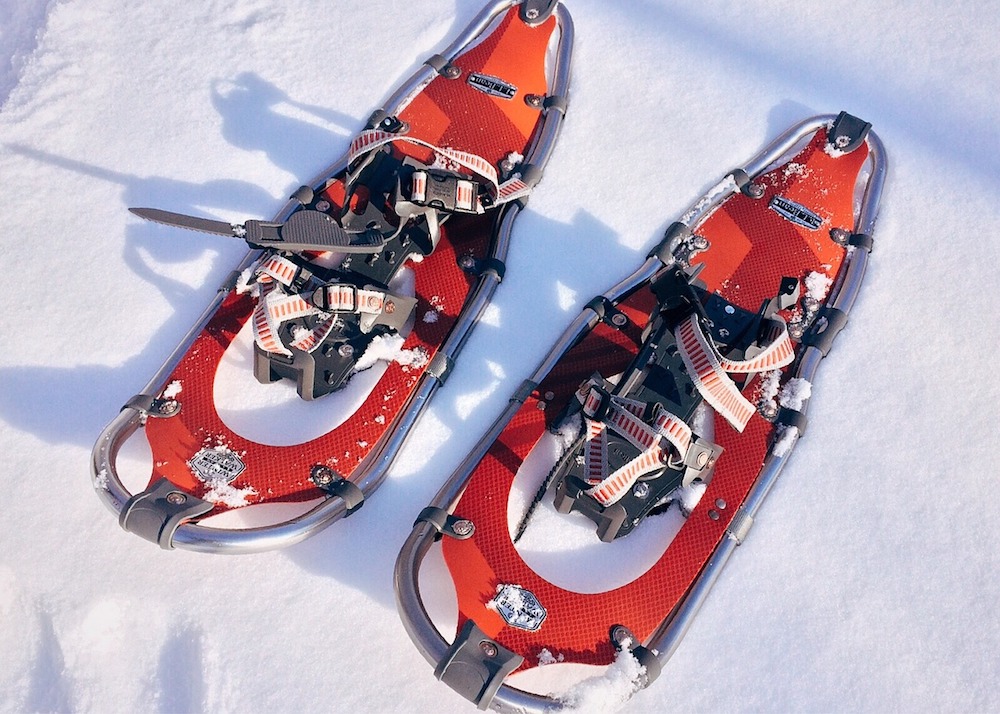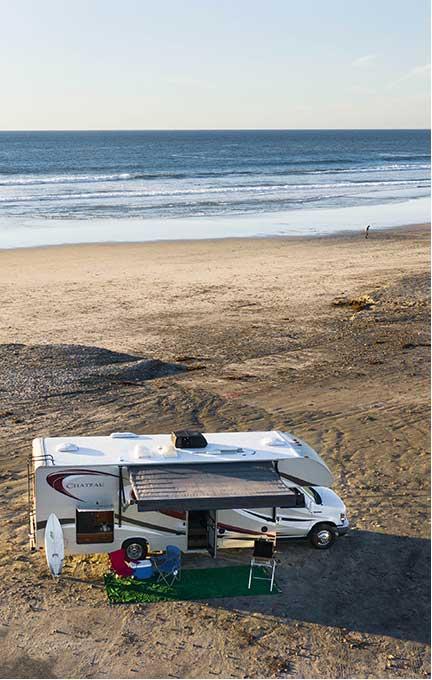When the snow starts falling, it’s easy to think that getting outside is too pricey (skiing), too cold (ice fishing), too dangerous (bobsledding), and too complicated (dog sledding). But there is a sport that’s easy to learn and modify for your health and activity level—plus it’s easy on the wallet.
All you need is a layer of the fluffy stuff and a couple pieces of gear to get started. For these reasons and more, snowshoeing is one of the fastest growing winter sports around.
 For a sport that’s just starting to catch on, it’s been around a long time.
For a sport that’s just starting to catch on, it’s been around a long time.
Snowshoeing’s roots can be traced back thousands of years to central Asia. Although people started using bulky wood and rawhide snowshoes for recreation and commerce in the late 18th century, it wasn’t until the 1960s and 70s that lighter and more durable materials like neoprene and aluminum revolutionized the design. With lighter and more maneuverable options out there, it’s time to give snowshoeing a try. Here’s a few beginner tips to adhere to if you’re just starting out.
Clothing & gear
All snowshoes have three parts designed to distribute your weight across a broad surface area and keep your feet from sinking into snow. The frame and deck give the snowshoe its shape, allowing it to float on the snow’s surface. Larger decks are best for walking in loose powder, while smaller decks are more maneuverable and best on packed snow (mountaineering).
Bindings hold your foot to the shoe and cleats on the bottom of the deck provide traction. Minimal cleats are needed for beginners snowshoeing on flat terrain, but larger and more aggressively positioned cleats are best when walking on ice and steeper slopes.
Have a snowshoe rental or sales expert fit you for the size and design that best fits your ability and terrain. You’ll want to dress much like you would for hiking, with a moisture-wicking base layer, fleece or wool for warmth, and an outer shell that provides breathable insulation and water/wind resistance. Top it off with a hat, gloves, sunglasses, and sunscreen.
You’ll want to wear insulated, waterproof hiking boots with thick soles and rubber or leather uppers. Wool socks over synthetic or silk sock liners, plus gaiters over your boots, should keep snow out and prevent blisters.
Though optional, poles have many uses when snowshoeing. They give you an upper body workout, take stress off knees and hips, and assist with balance, especially if you’re carrying a pack.
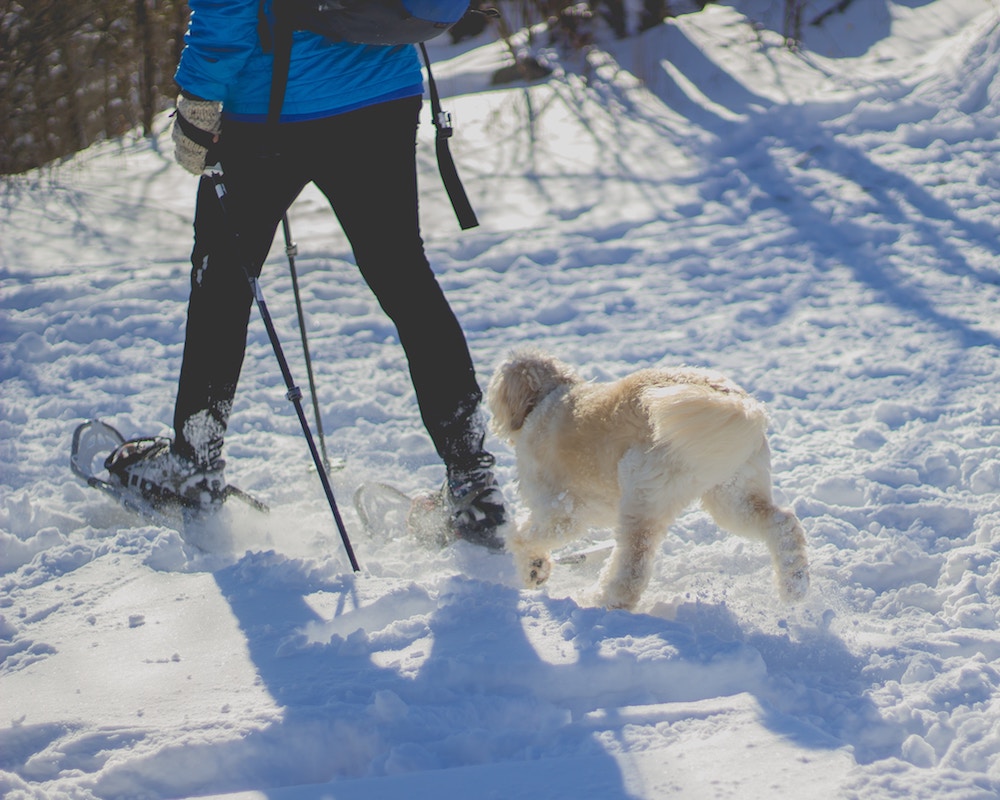 Trail options
Trail options
Start out on flat terrain to get the feel of walking with snowshoes. As you step forward, use your toe cleat to grip, planting the deck firmly in the snow. When you’re comfortable, graduate to progressively steeper terrain. On downhills, keep your body weight over your feet, resisting the urge to lean back. Knees should be slightly bent and relaxed while you plant your foot heel to toe. Keep an eye out for alternative routes if your trail becomes too icy or the snow is too soft and deep. Always scope out avalanche risk areas ahead of time.
When you fall down—and you will at some point—roll on your side with your feet perpendicular to the slope. Push off the uphill side (poles come in handy here too) while you bring your knees underneath you and push up to a standing position.
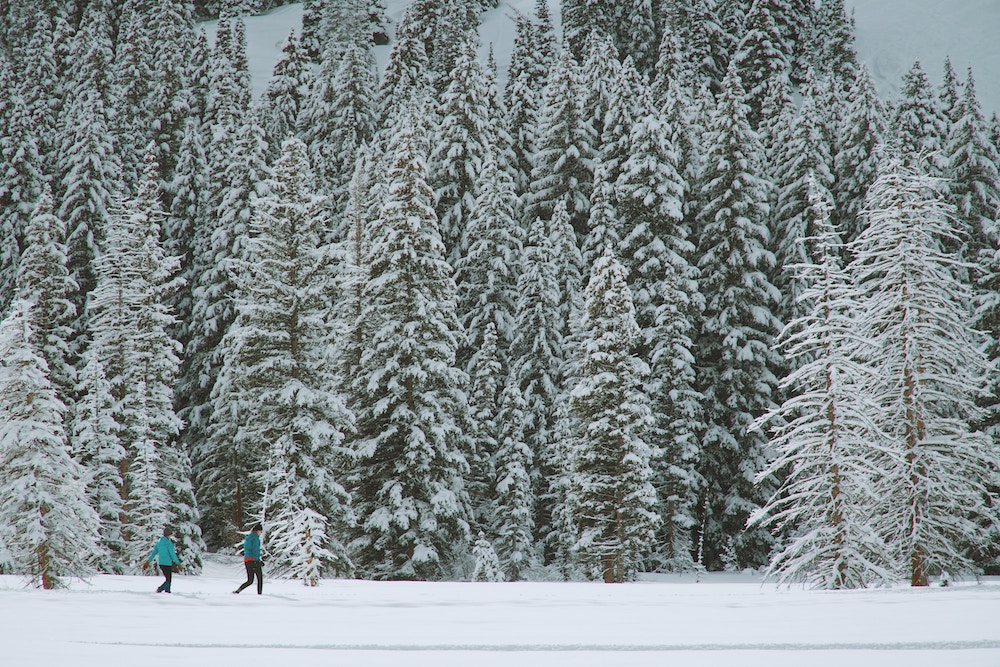 The easiest place to start out snowshoeing is on the groomed trails of a cross country ski center. Keep in mind that XC skiers have the right of way and it’s good trail etiquette to stay out of their groomed tracks. Follow the footprints of other snowshoers if you can. If you’re off trail and breaking through fresh snow, be prepared to work harder than on packed surface.
The easiest place to start out snowshoeing is on the groomed trails of a cross country ski center. Keep in mind that XC skiers have the right of way and it’s good trail etiquette to stay out of their groomed tracks. Follow the footprints of other snowshoers if you can. If you’re off trail and breaking through fresh snow, be prepared to work harder than on packed surface.
A group trek or guided snowshoe excursion is one of the best ways to stay safe and learn from more experienced snowshoers. Consider renting basic equipment to see if you enjoy the sport before investing in your own gear.
Pacing yourself
Snowshoeing is a great, low impact, lifelong sport, but it’s a challenging cardio workout at any pace. Build up speed and distance slowly over time. If you’re a summertime runner, you may enjoy running with lightweight snowshoes specially designed for running in snow. They come with quick-release spring-loaded bindings and a narrower frame, but allow time to adjust your stride and balance. Poles can ease the transition here as well.
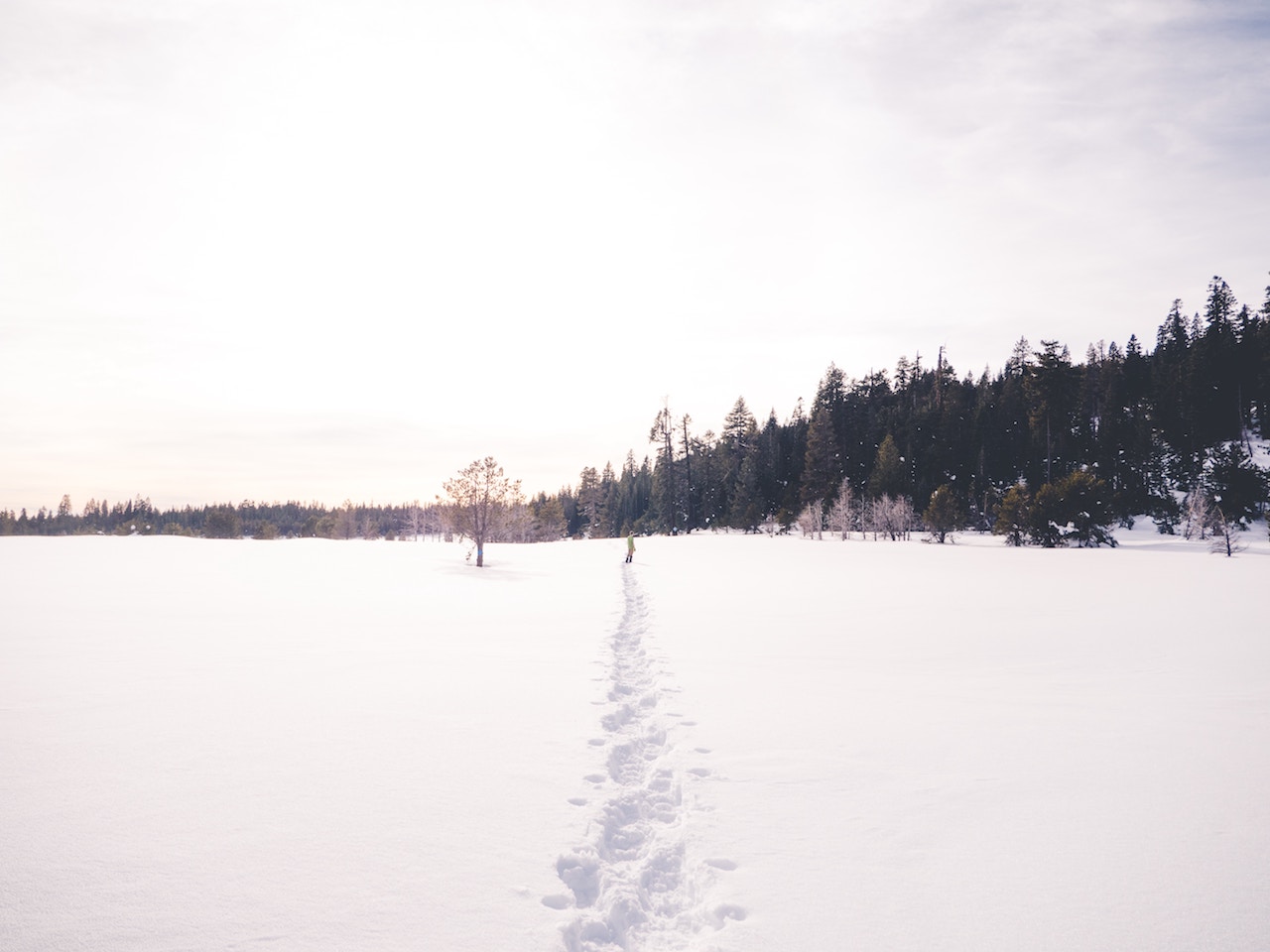 Nutrition & hydration
Nutrition & hydration
Cold weather is actually more dehydrating than the heat of summer. Replenish muscles and prevent hypothermia by carrying either a hydration bladder with an insulated hose and pouch or an insulated water bottle. Bring a vacuum thermos filled with a hot beverage to warm up in extreme conditions and always carry trail snacks that are high in carbs, fat, and protein like trail mix, nuts, dried fruit, and jerky.




